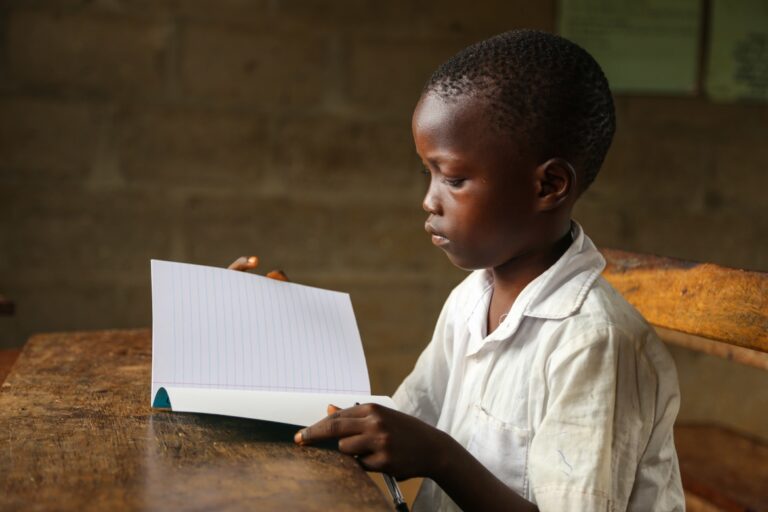Many education systems have made strides in integrating educational settings, but too many children with intellectual disabilities remain marginalized. Special Olympics is challenging governments to allocate 3% of education funding to practices that fully integrate students with intellectual disabilities into school communities.
While many countries have made significant strides to meet the needs of children with intellectual disabilities, many others have not taken even the first steps. To this day, no nation has come close to achieving the widespread scale of truly inclusive classrooms and schools where children with intellectual disabilities are fully valued as members of their learning communities.
It is clear much work still needs to be done.
Children with disabilities are too often left behind
Over the past 30 years, governments and international organizations have sounded a millennial tone for the ideals of inclusive education, enshrining their goals in a series of international agreements. Yet despite widespread support for inclusive education policies, the actual change in education practices has fallen far short of delivering on the right to an inclusive and equitable quality education for all.
In the most recent and comprehensive effort to standardize and document such data, the United Nations Children’s Fund (UNICEF) reports that children with disabilities are nearly 50% more likely than their peers without disabilities to have never attended school, and that children with severe disabilities are almost four times more likely than their peers without disabilities to have never attended school.
Other sources indicate that in low- and middle-income countries, as many as half of all children with disabilities who are of primary and lower-secondary school age do not attend school, making them five times more likely to be out of school than their peers without disabilities—and this disparity only increases with education level.
Read the full article on the Global Partnership for Education website.



